Capital breathes deadly air after Diwali pollution
Wed 25 Oct 2017, 17:48:52

New Delhi : The air quality of New Delhi plunged, with over dozens of instances of crop burning in the nearby cities and toxic pollutants all around.
In 2016, a day after Diwali, air pollution level was recorded eight times the safe limit, with national capital looking like a Gas chamber. The major reason was said to be the burning of crops at the neighbouring states of Haryana and Punjab. Every year in October, before the onset of winter, millions of tones of agricultural stubble is burnt by the farmers in northern India.
The condition of Delhi's air quality has worsened after the crops are being burned during the harvest season. It is estimated that around 35 million tonnes of stubble is burnt in Punjab and Haryana alone.
As per the reports submitted by IIT Kanpur and the National Physical Laboratory, the pattern of winds during winter showed, that the particulate matter from the bordering states and countries is carried in Delhi, forming a sink.
The experts believe that the around Diwali the air quality deteriorates considerably as the city is engulfed by a thick layer of smog, mixed with dangerous chemical.
Director and Head of Pulmonology Department, Critical Care and Sleep Medicine, Fortis Memorial and Research Institute, Manoj Goel said, "Open field burning is responsible for 12 percent to 25 percent of particulate pollution in Delhi. Those suffering from chronic pulmonary diseases or having weak immunity can develop serious short term and long term lung damage. The direct evidence of deterioration of air quality at alarming levels every year during Diwali on account of bursting of firecrackers thus, SC ban on firecrackers is a much awaited and required step in the fight against pollution."
"Air quality deteriorates drastically around Diwali to hazardous levels as a thick layer of smog mixed with
dangerous chemicals usually engulfs the city. The concentrations of the ultra-fine PM2.5 reach to as high as 1000 ug/m3, nearly 17 times the safe limit of 60 ug/m3. The levels are usually highest in the early morning and late evenings. Morning joggers, school children, and elderly are more vulnerable to such high toxic smog. Those who are already suffering from any chronic pulmonary disease or have weak immunity develop serious short term and long term lung damage," said Senior Consultant and head Department of Interventional Pulmonology, Respiratory and Sleep Medicine, Aakash Healthcare, Puneet Khanna.
dangerous chemicals usually engulfs the city. The concentrations of the ultra-fine PM2.5 reach to as high as 1000 ug/m3, nearly 17 times the safe limit of 60 ug/m3. The levels are usually highest in the early morning and late evenings. Morning joggers, school children, and elderly are more vulnerable to such high toxic smog. Those who are already suffering from any chronic pulmonary disease or have weak immunity develop serious short term and long term lung damage," said Senior Consultant and head Department of Interventional Pulmonology, Respiratory and Sleep Medicine, Aakash Healthcare, Puneet Khanna.
According to Environment Pollution Control Authority (EPCA), there is no need of imposing 'emergency' level measures, which became effective when the pollution is categorized as extreme, however there are more challenges.
Head of Respiratory Critical Care and Sleep Medicine of Artemis Hospital, Himanshu Garg said, "Some of the major air pollutants can affect the respiratory system. Even though the elderly, the children and those suffering from chronic respiratory and cardiac problems are particularly at risk, a healthy person could also be affected. Anybody can suffer from upper respiratory tract infections, breathing problems and burning of eyes when harmful particles are more in the air."
However, the ban of Supreme Court is seen to be the initial step intended to control the air pollution. Delhi might see little respite as the temperature has not dipped much yet as it was last year. The low temperature helps the accumulation of pollutants.
Meanwhile, the Non-Governmental organisation, working on air pollution welcomes the decision of the court.
The pulmonologists of the city appealed the parents and guardians to understand the seriousness of increasing pollution and take timely measures to manage asthma with inhalation therapy.
No Comments For This Post, Be first to write a Comment.
Most viewed from National
Most viewed from World
AIMIM News
Latest Urdu News
Most Viewed
May 26, 2020
Can Lionel Messi's visit boost Indian football?
Latest Videos View All
Like Us
Home
About Us
Advertise With Us
All Polls
Epaper Archives
Privacy Policy
Contact Us
Download Etemaad App
© 2025 Etemaad Daily News, All Rights Reserved.

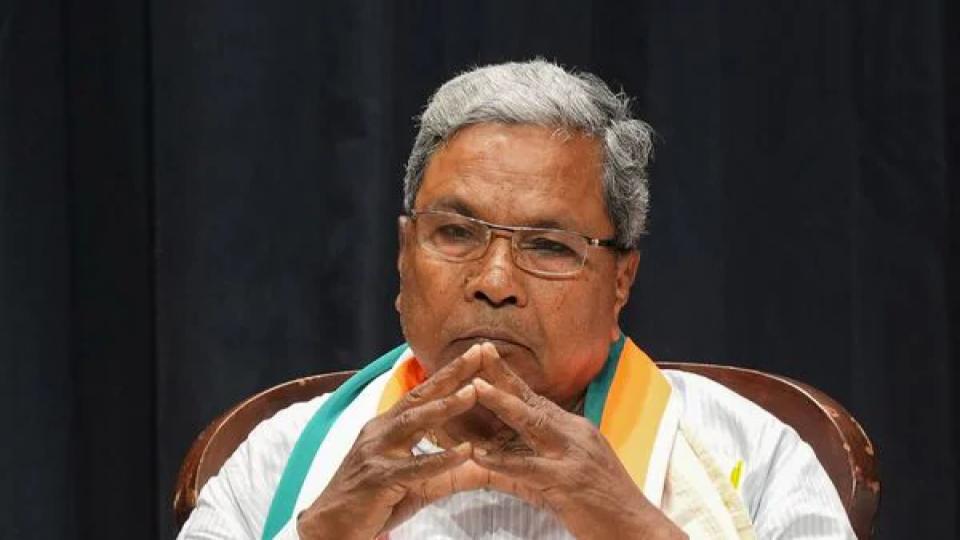
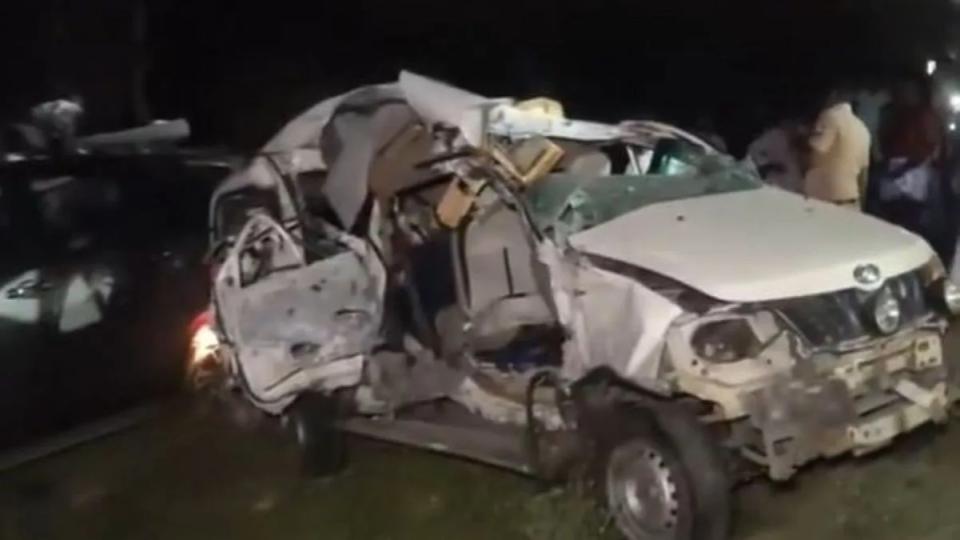
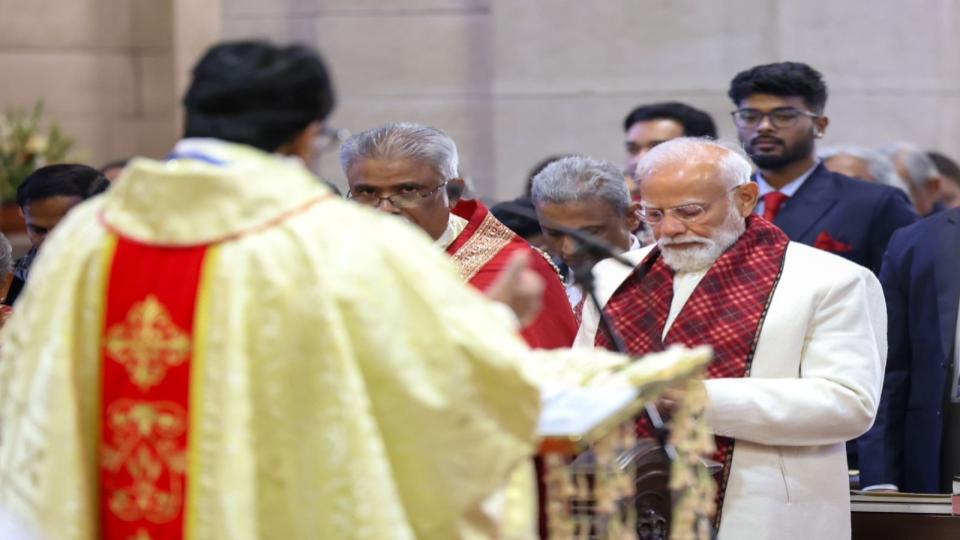
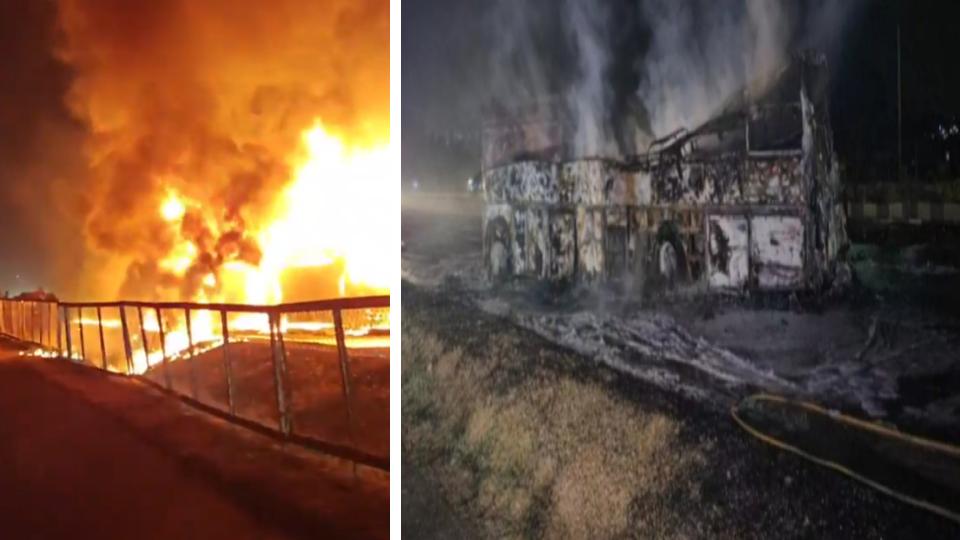

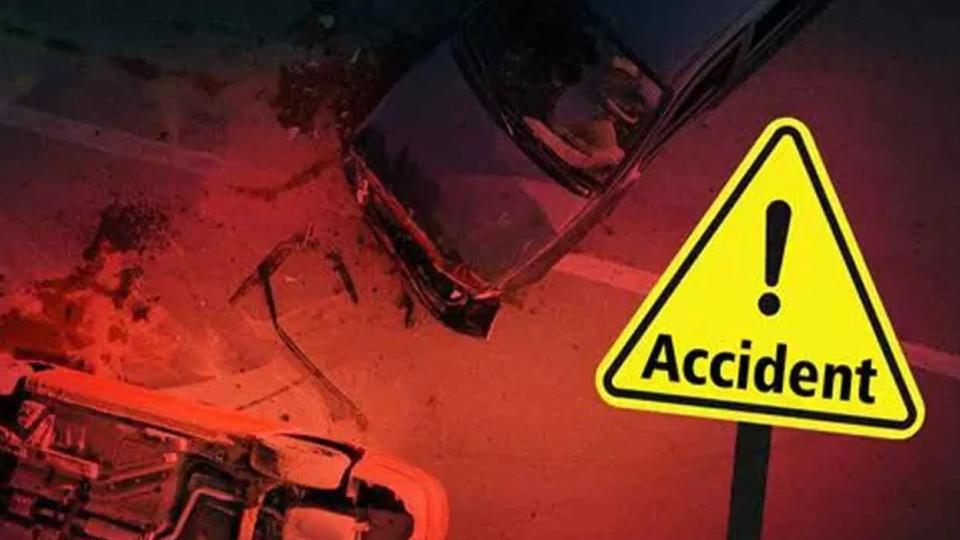
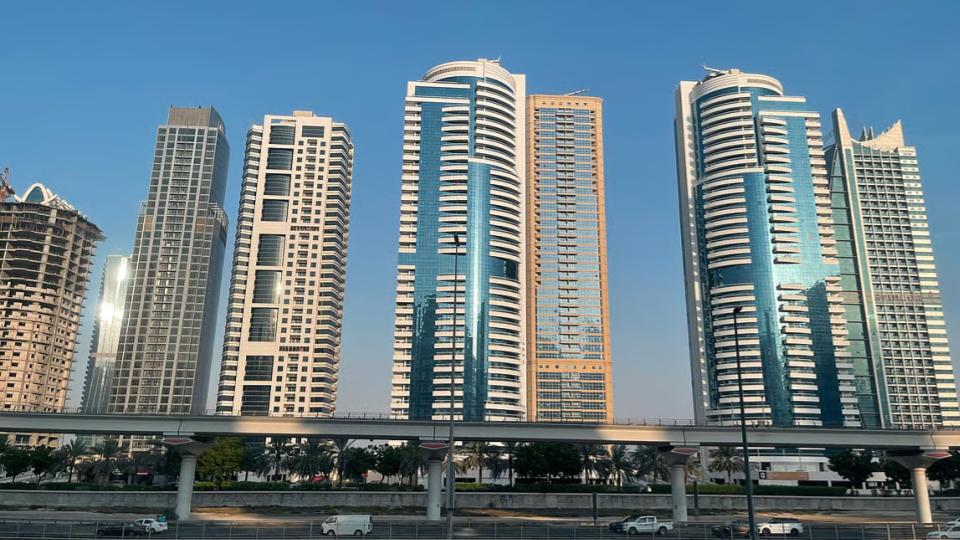

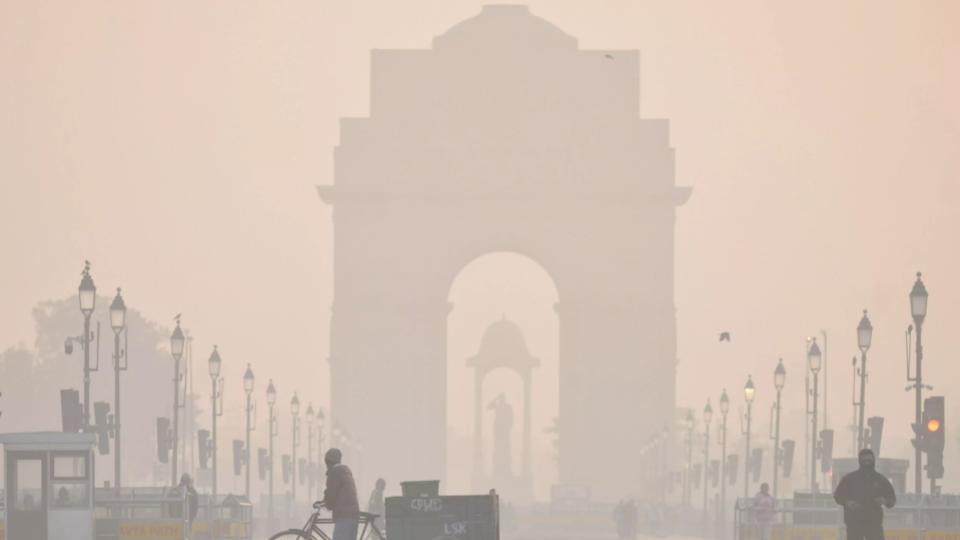

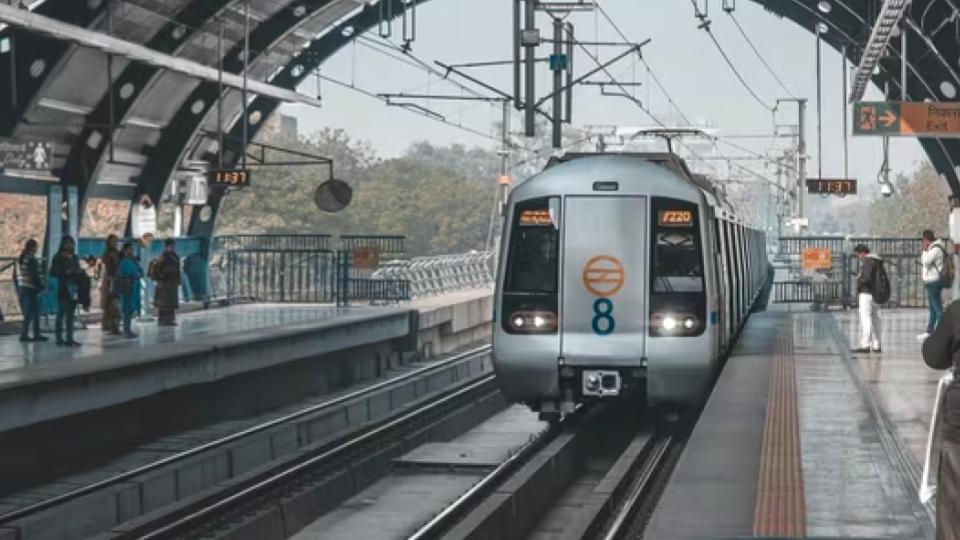

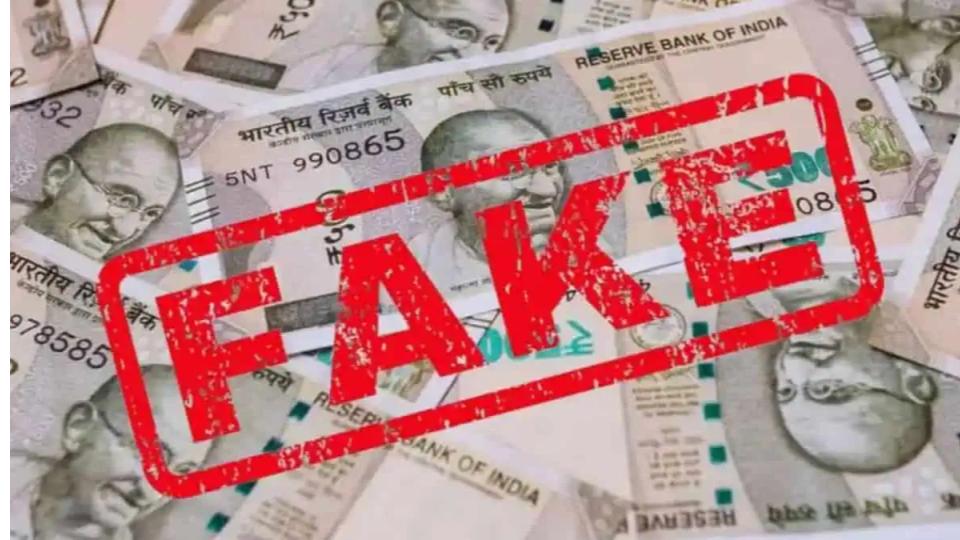


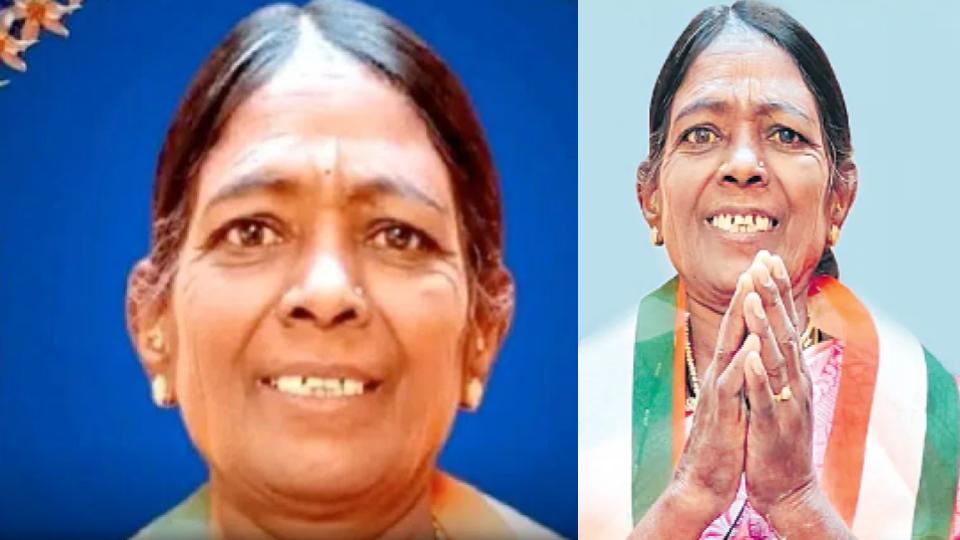

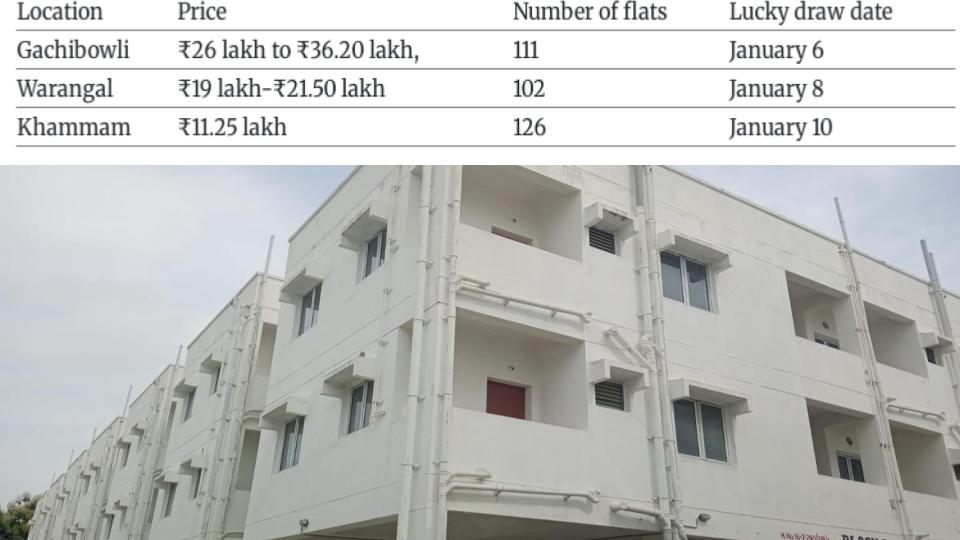

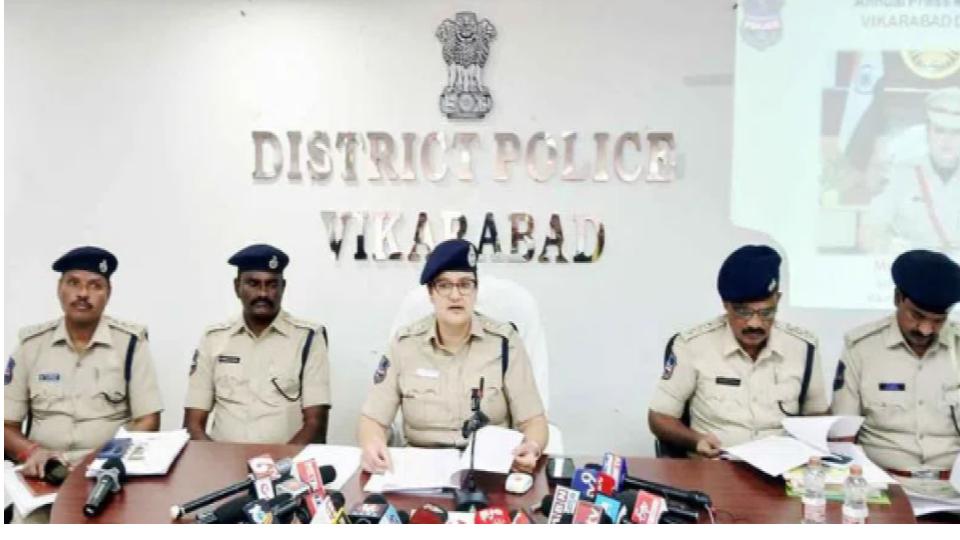
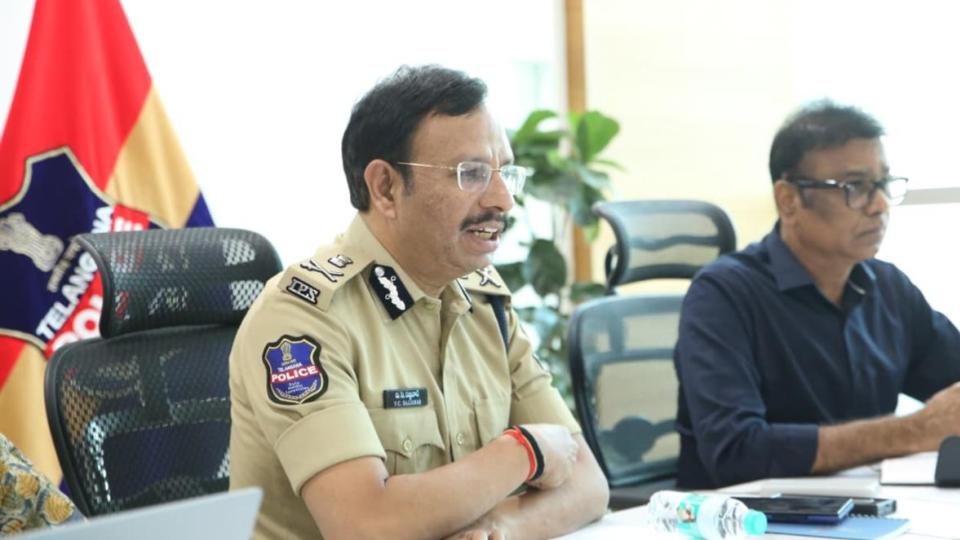
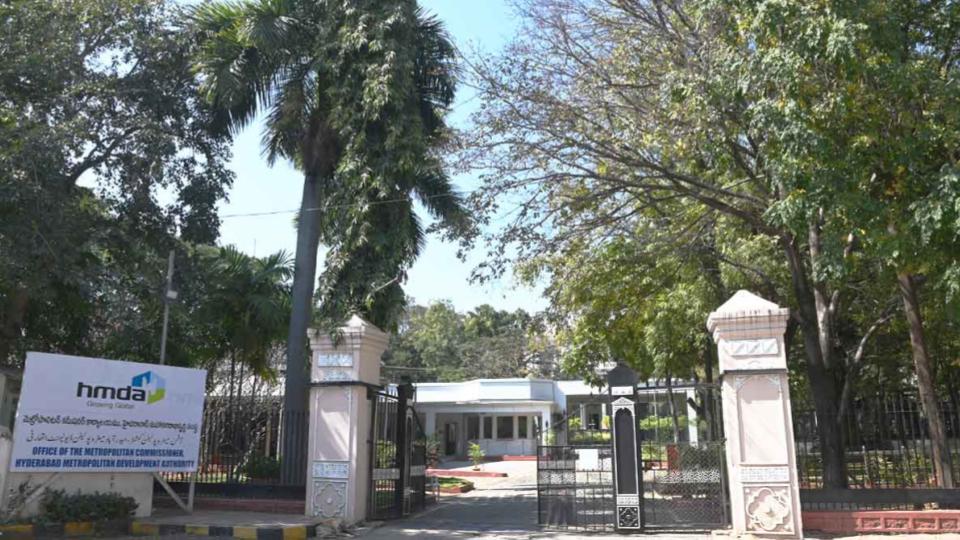
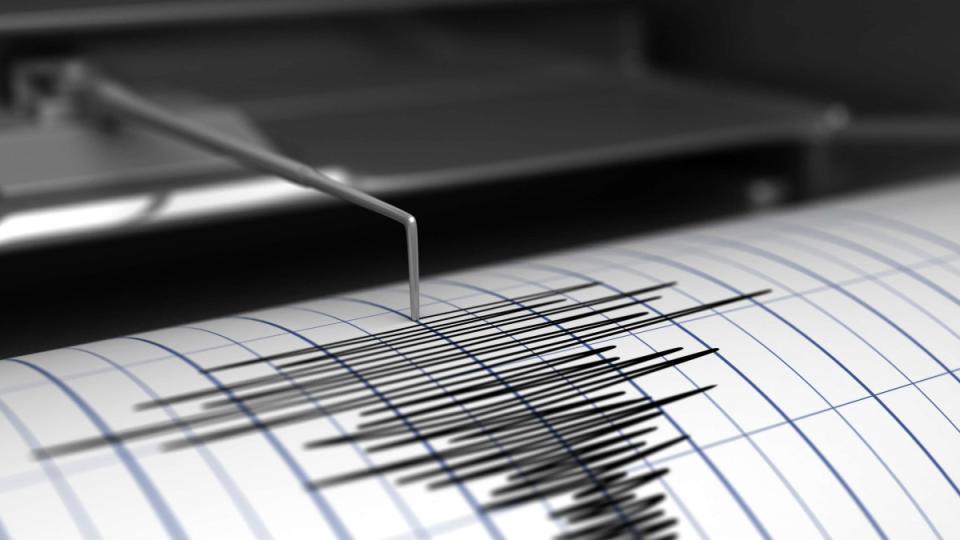













.jpg)
.jpg)
.jpg)


